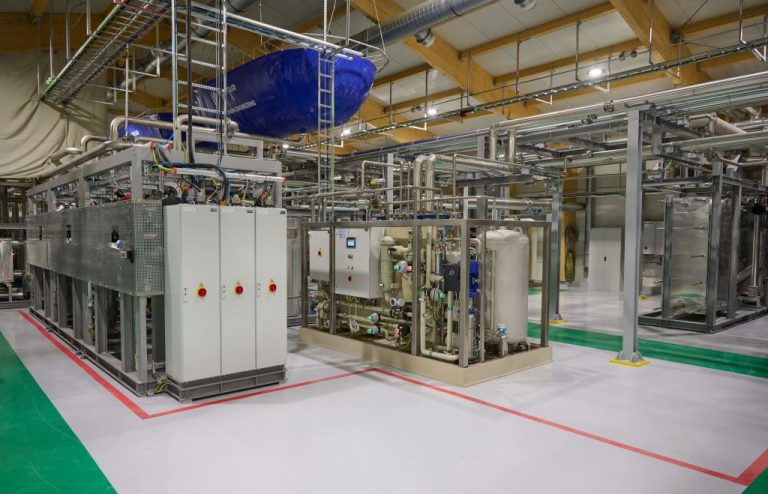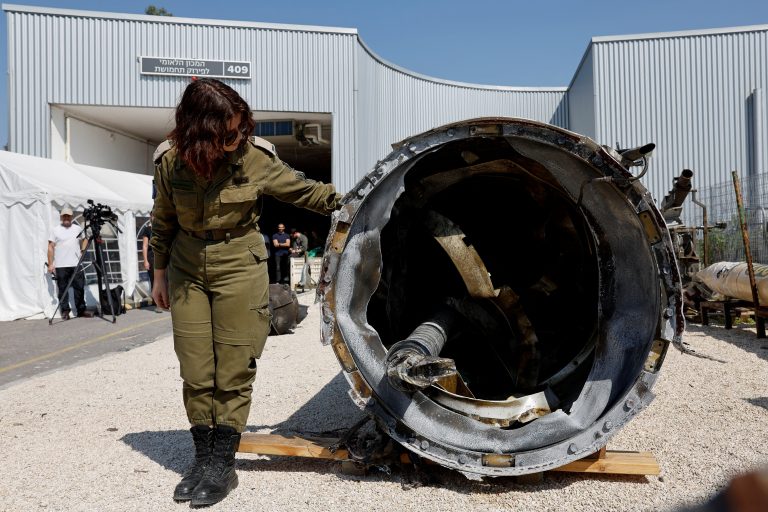A first of its kind facility located in Iceland east of Reykjavik, the Climeworks “Orca” plant, designed to remove CO2 from the atmosphere in an attempt to combat global warming recently ran into a snag after an Arctic blast froze parts of the facility forcing the operators to make modifications.
“Punishing Arctic conditions froze machinery and forced the Swiss company behind it to make modifications,” the NewScientist reported.
According to theworldcounts.com, in 2019 “about 43.1 billion tons of CO2 from human activities were emitted into the atmosphere.” The Orca plant aims to remove 4000 tons of CO2 from the atmosphere annually.
However, by the end of the decade the facility wants to increase its capture capacity to reach as much as one million tons of carbon dioxide per year.
According to the U.S. Environmental Protection Agency (EPA), 4000 tons of CO2 is equivalent to the emissions from approximately 870 cars. The facility cost between US$10 and 15 million to construct.
Success
You are now signed up for our newsletter
Success
Check your email to complete sign up
First launched in September 2021, the facility was lauded by Iceland’s prime minister, Katrin Jakobsdottir, as a “milestone in the fight against climate change.”
According to the Climeworks website the facility is provided heat and electricity by the Hellisheidi Geothermal Power Plant.
The facility is named after the Icelandic word “orka” meaning “energy” and consists of four units, each constructed with two metal boxes that resemble a shipping container.
The plant uses fans to draw air into a collector containing a filter. Once this filter is filled with CO2 the collector is closed and the CO2 is heated to release it from the filter in the form of gas. The highly concentrated gas is then collected, mixed with water and injected 1,000 metres (3,280 feet) underground where over two years it turns into stone.
For a monthly subscription fee ranging from 30 to 100 EUROs a month, Climeworks claims people can “permanently remove” CO2 from the atmosphere.
Climeworks secures $650m in equity funding
On April 12, Climeworks, the Swiss company behind the Orca facility, announced it had secured upwards of $650 million worth of equity funding.
The company’s plan is to take Direct Air Capture (DAC) technology to another level anticipating that carbon removal will grow into a trillion-dollar market.
Christopher Gebald, Co-Founder, and Co-CEO of Climeworks said, “We are proud to partner with our new investors and thankful for the renewed trust of our existing ones, all committed to the long-term journey or Climeworks,” GasWorld reported.
DAC companies are springing up around the globe in a bid to profit from the emerging industry.
Some industries already purchase millions of tons of CO2 a year including beverage production companies.
CO2-to-chemical projects, such as Covestro’s program to make polyurethanes from CO2, are already underway and Aether, a company that fabricates lab-grown diamonds from CO2, recently raised $18 million in a series A investment in early April. The CO2 Aether uses is supplied by Climeworks.
Climeworks is extremely bullish on fuels derived from captured CO2. Its parent company, Norsk e-Fuel, recently announced plans for a facility in Norway that the company expects will produce 25 million litres of jet fuel per year from DAC CO2 and renewable electricity.
















